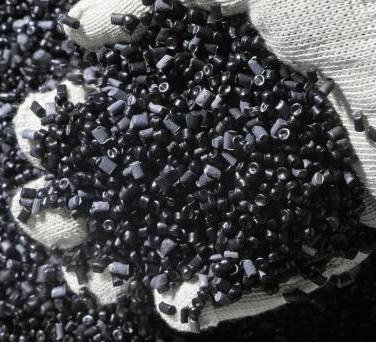
In today’s fast-evolving world, the demand for Personal Protective Equipment (PPE) has reached unprecedented levels. Among the various manufacturing methods available, PPE injection molding stands out as a game-changer. But what exactly is PPE injection molding, and how is it reshaping the way protective equipment is produced?
What Is PPE Injection Molding?
PPE injection molding is a manufacturing process where melted thermoplastic materials are injected into a mold to create precise and durable PPE products. The method involves high-pressure injection of heated materials into custom-designed molds, allowing for rapid and consistent production of protective gear such as face shields, safety goggles, helmets, and respirators.
This technique is widely used because it ensures high-volume output with tight tolerances, offering both efficiency and cost-effectiveness.
Key Advantages of PPE Injection Molding
PPE injection molding brings numerous advantages to the table, making it the preferred method for producing modern protective equipment:
1. High Production Efficiency
Injection molding allows manufacturers to produce thousands of identical PPE items in a short amount of time, ensuring that supply can meet urgent demands.
2. Superior Precision and Consistency
With precisely engineered molds, each PPE item is uniform in quality, ensuring that every product meets strict safety standards.
3. Design Flexibility
Complex designs, ergonomic fits, and integrated features like anti-fog coatings or ventilation can be easily incorporated into the molded parts.
4. Cost-Effective for Large Volumes
While initial mold creation can be expensive, the low per-unit cost during mass production makes injection molding highly economical over time.
5. Material Versatility
A variety of plastics such as polycarbonate (PC), polypropylene (PP), and polyethylene (PE) can be used, depending on the specific needs of the PPE being manufactured.
How PPE Injection Molding Is Transforming Protective Equipment Manufacturing
The impact of PPE injection molding goes beyond just manufacturing speed. It has fundamentally changed the way protective gear is designed, produced, and delivered:
Rapid Innovation: Manufacturers can quickly prototype and produce new PPE designs in response to emerging health crises or industry needs.
Customization: PPE can be tailored for different users, such as adjustable safety helmets or specialized face shields for medical workers.
Supply Chain Resilience: Localized injection molding facilities can reduce reliance on international shipping, helping to stabilize PPE availability in emergencies.
Sustainability: Advanced materials and recycling methods are being integrated into injection molding processes, making PPE production more eco-friendly.
Conclusion
PPE injection molding is revolutionizing the protective equipment industry by making high-quality, affordable, and innovative products more accessible than ever before. As technology continues to advance, we can expect injection molding to play an even larger role in creating safer, smarter, and more sustainable protective gear.
Whether for healthcare, construction, or everyday personal safety, PPE injection molding is driving the next generation of protective equipment manufacturing.
 DTG Mould Trade Process |
|
| Quote: | According to sample, drawing and specific requirement. |
|---|---|
| Discussion | Mold material, cavity number, price, runner, payment, etc. |
| S/C Signature | Approval for all the items. |
| Advance | Pay 50% by T/T |
| Product Design Checking | We check the product design. If some position is not perfect, or can not be done on the mould, we will send customer the report. |
| Mold Processing | Send report to customer once each week |
| Mold Testing | Send trial samples and try-out report to customer for confirmation |
| Mold Modification | According to customer’s feedback. |
| Balance Settlement | 50% by T/T after the customer approved the trial sample and mould quality. |
| Delivery | Delivery by sea or air. The forwarder can be designated by your side. |
 |
|

